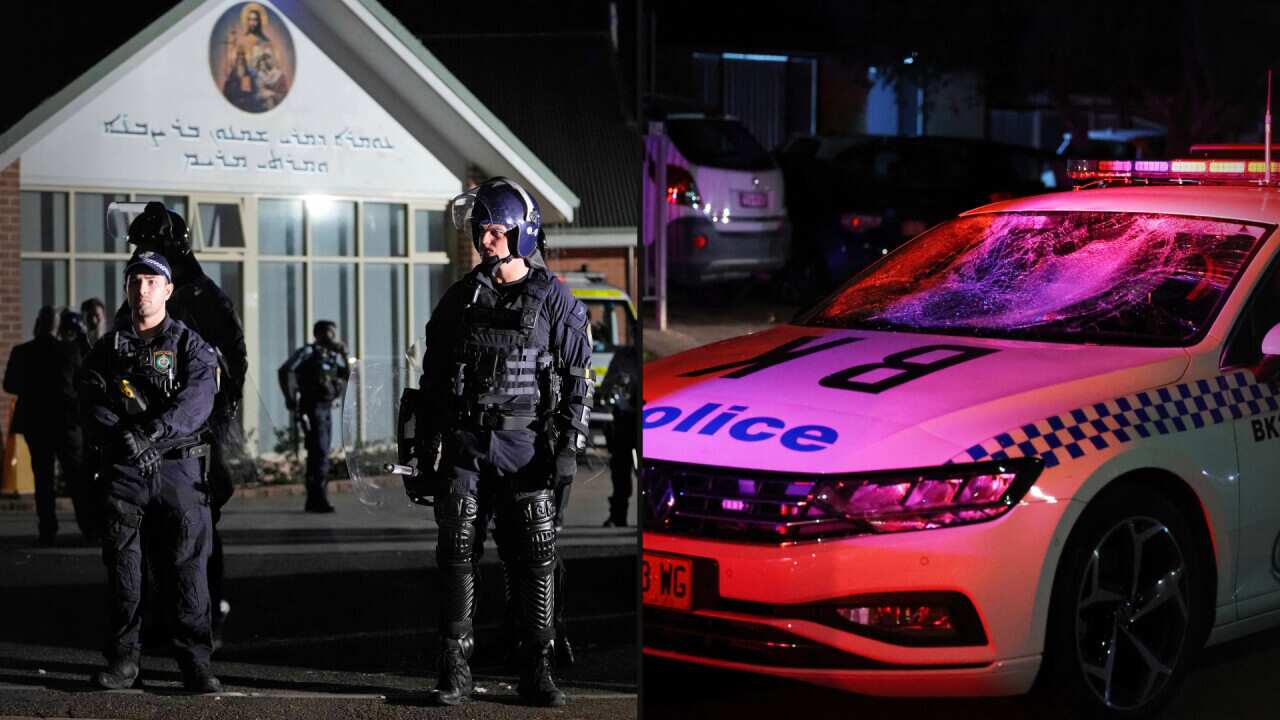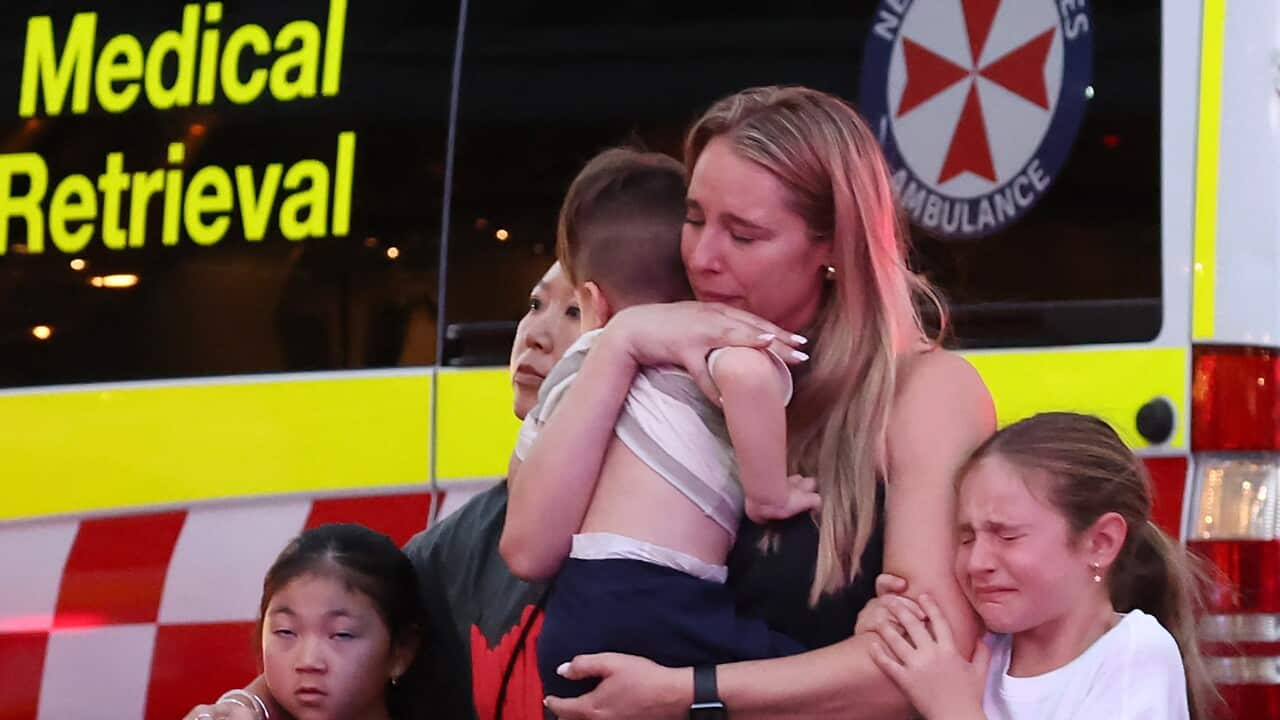Dozens of unmarked graves of South Sea Islanders have been rediscovered in the central Queensland city of Mackay as it marks the 150th anniversary of the arrival of the first Pacific labourers.
A trade known as ‘blackbirding’ saw tens of thousands of islanders taken to work in the agricultural industry, sometimes forcibly, in what have been described as slave-like conditions.
Mackay still bears the name of one of the labour traders and nowadays has the largest South Sea Islander population in Australia.
“It’s 150 years since the Primadonna sailed up the Pioneer River and 67 souls got off here in Mackay. It was the start of a slave trade,” said Mackay Regional Council mayor Greg Williamson. “It was called indentured labour and the kanaka trade, awful name, that’s what really built the sugar cane industry in our area.”
“It was called indentured labour and the kanaka trade, awful name, that’s what really built the sugar cane industry in our area.”

The 'Others' or 'heathen' section of Mackay cemetery. Source: Stefan Armbruster / SBS News
“(South Sea Islanders) have a tremendous work ethic and are tremendous contributors to our society.”
Cutting sugar cane the traditional way, by hand with a knife, is backbreaking work and was once done in Queensland by exploited foreign workers.
Doug Mooney, 69, was a cane cutter just like his forebears from Malaita in the Solomon Islands, and he can still demonstrate how it was done.
“You have to look after your body. That's why I went professional boxer, it was way easier than this (cane cutting),” he said.
Tens of thousands of islanders were transported, sometimes forcibly, from Vanuatu, Solomon Islands, New Caledonia and elsewhere in the South Pacific to the then-colony of Queensland.
The city of Mackay was named after the region's pioneer, a Scottish-born seafarer called captain John Mackay.
“Correct, he had his finger in all of this as well,” said Mayor Williamson.
“Look, you have to view history in the context of time, and the context of the time was very much the colonialist, the people who were opening up the land, the people who were driving European settlement, that’s what they did in those days.
“John Mackay was held in very high esteem. Was his ‘blackbirding’ acknowledged? Probably not.
“It’s part of our history, all the big names in the district, all the big plantation owners, all the people who established and bought land, they would have all been involved.” Of up to 60,000 South Sea Islanders came to Queensland, about a quarter died and were buried in graves along the Queensland coast.
Of up to 60,000 South Sea Islanders came to Queensland, about a quarter died and were buried in graves along the Queensland coast.

South Sea Islander women in Queensland. Source: Supplied
Many are unmarked and largely forgotten, unlike a few rows down the far end of the Mackay cemetery.
Marion Healy and her daughter Imogen are from the prominent Fatnowna family originally from the Solomon Islands.
Researching their family's past led to a few graves at the Mackay cemetery and the rediscovery of a forgotten community history.
“These are 114 unmarked graves located in the ‘others' section, formerly known as the ‘heathen' section of the Mackay cemetery,” Imogen Healy said.
Most have now been identified as South Sea Islander and will be soon be marked with headstones.
“It opens up more questions than answers,” said Imogen Healy.
“The big question I keep asking myself is why do these peoples’ stories end here.”
Five decades of ‘blackbird’ trade were abolished in Australia on independence in 1901.
The White Australia Policy saw most South Sea Islanders deported but a few thousand managed to stay behind.
“Our people were told to ‘get’, told to be on your way, you’ve done what we needed you to do,” said Marion Healy. “White Australia policy, interesting how that works.”
“White Australia policy, interesting how that works.”

Queensland government officials with men from New Hebrides circa 1885. Source: Supplied
One other thing that remained is the name carried by Mackay, where migrant workers from Malta, Italy and elsewhere soon replaced the gap left by the South Sea Islanders.
“How do we continue to be carrying a name like this?” said Marion Healy.
“I think there's a time and place where we're definitely going to be asking that question.
“Some family of mine say, ‘Why open up the old wounds?’, but why not ask those questions.”
Mayor Williamson does not feel the time is right.
“I don’t think so. I don't think we'll go there, go changing the name of Mackay,” he said.
As a first step, the South Sea Islanders buried in the Mackay cemetery will soon have their names back.
Old boxer Doug Mooney thinks there might have been some good to come from coming to Australia.
“I haven’t graduated from fishing yet. I’m a barramundi fisherman,” he jokes.
“Look what (South Sea Islanders) have become, from being old headhunters they’ve gone to be doctors and nurses and teachers and policemen.
"If you look at it in the long-term, it wasn’t a bad idea bringing us here to cut cane, this place called Australia. We call it home now."








